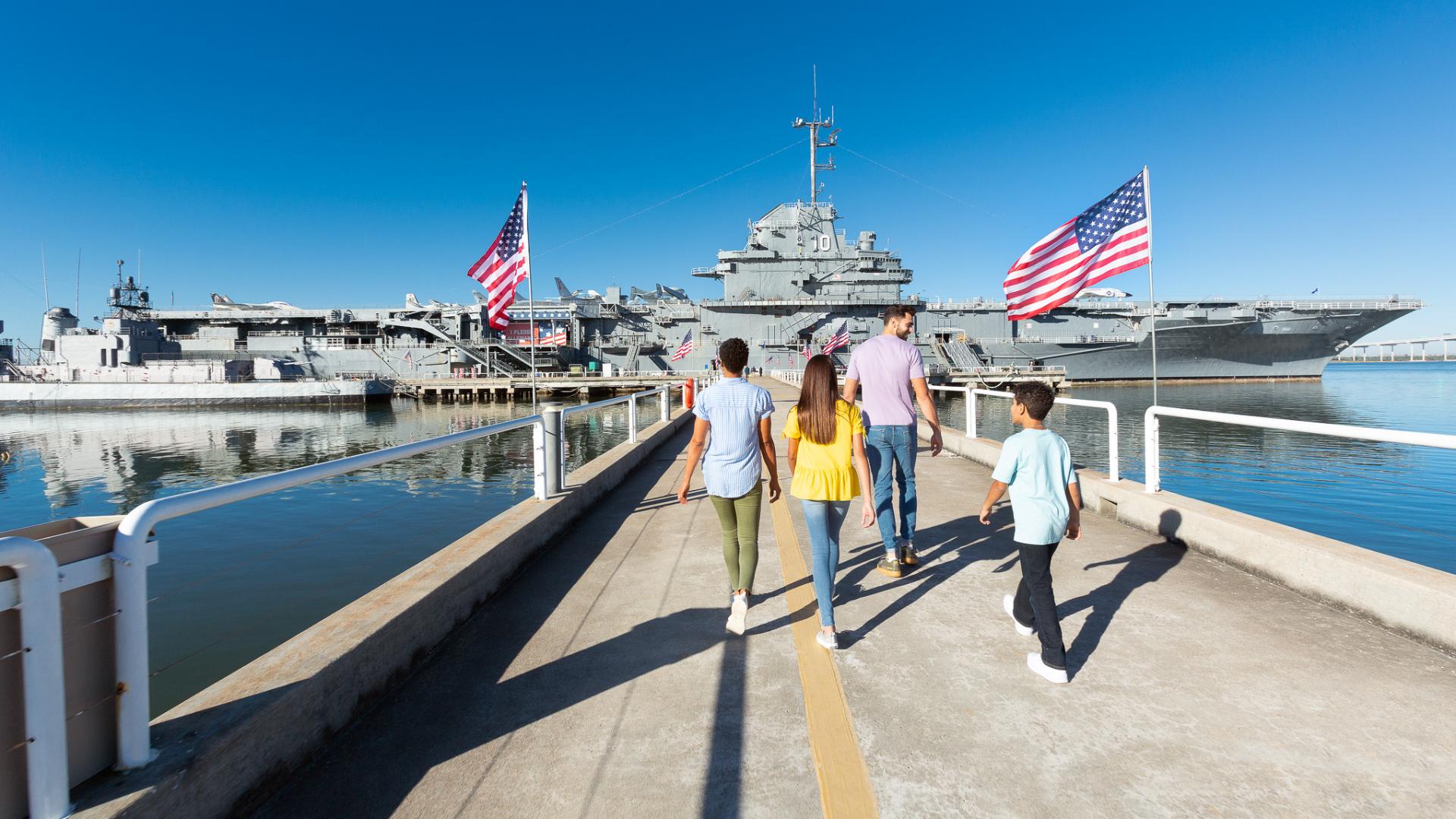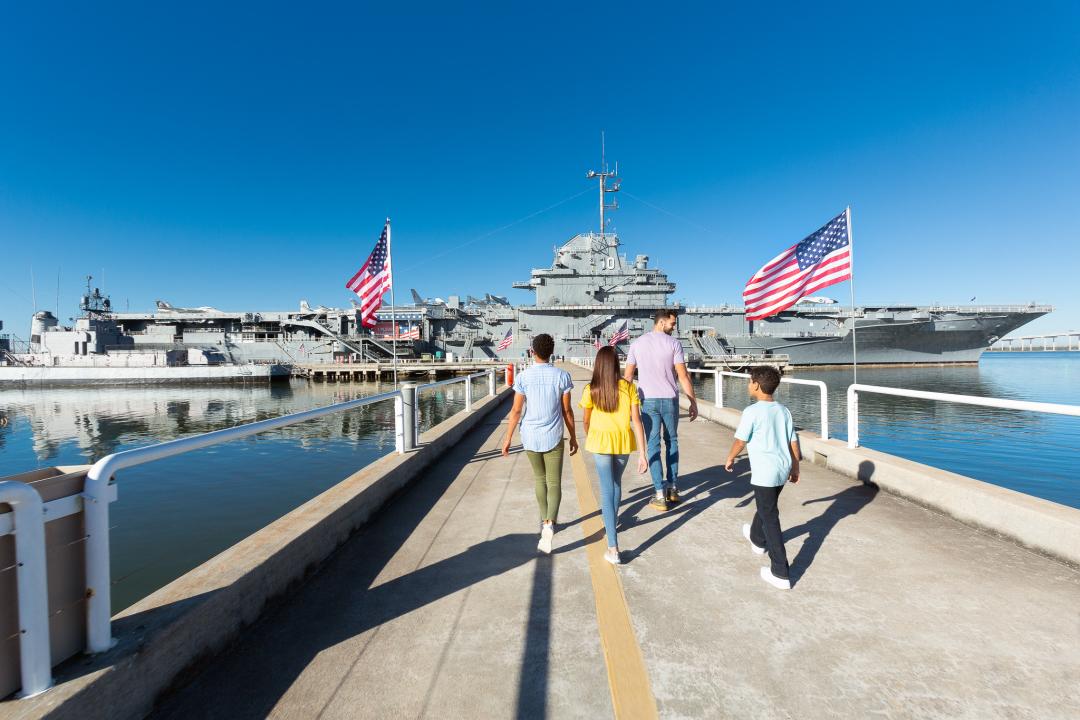
Following successful tests of the XAF radar, the Navy contracted with RCA (Radio Corporation of America) to build six more radars and they would be placed on one aircraft carrier (Yorktown CV-5), one battleship (California BB-44) and four heavy cruisers (Pensacola CA-24, Northampton CA-26, Chester CA-27 and Chicago CA-29). The size of the bed-spring looking radar, over 5000 pounds, make deployment only possible aboard large ships.

On 28 March 1941, after five months of experience with the Navy's first operational radar, the CXAM, the skipper of the Yorktown, Captain Elliot Buckmaster, reported that the new radar allowed aircraft to be tracked at distances up to 100 miles and he recommended that the Navy equip its aircraft with electronic identification equipment (Birth of IFF, identification friend or foe) and aircraft carriers to add separate and complete facilities onboard for tracking and plotting all radar contacts (the birth of the Combat Information Center - CIC).
[caption id="" align="aligncenter" width="500" caption="One of the first combat information centers in World War II with a grease board plotter. (Photo US Navy)"]
 [/caption]
[/caption]

Today's Navy combat information center onboard ship. (Photo US Navy) The addition of IFF to aircraft and the creation of CICs onboard our ships at sea would save lives and ships during the war in the Pacific. The concepts are still in use today, though the technology has made incredible jumps in capabilities and speeds!
Watch this short video of action in CIC!

